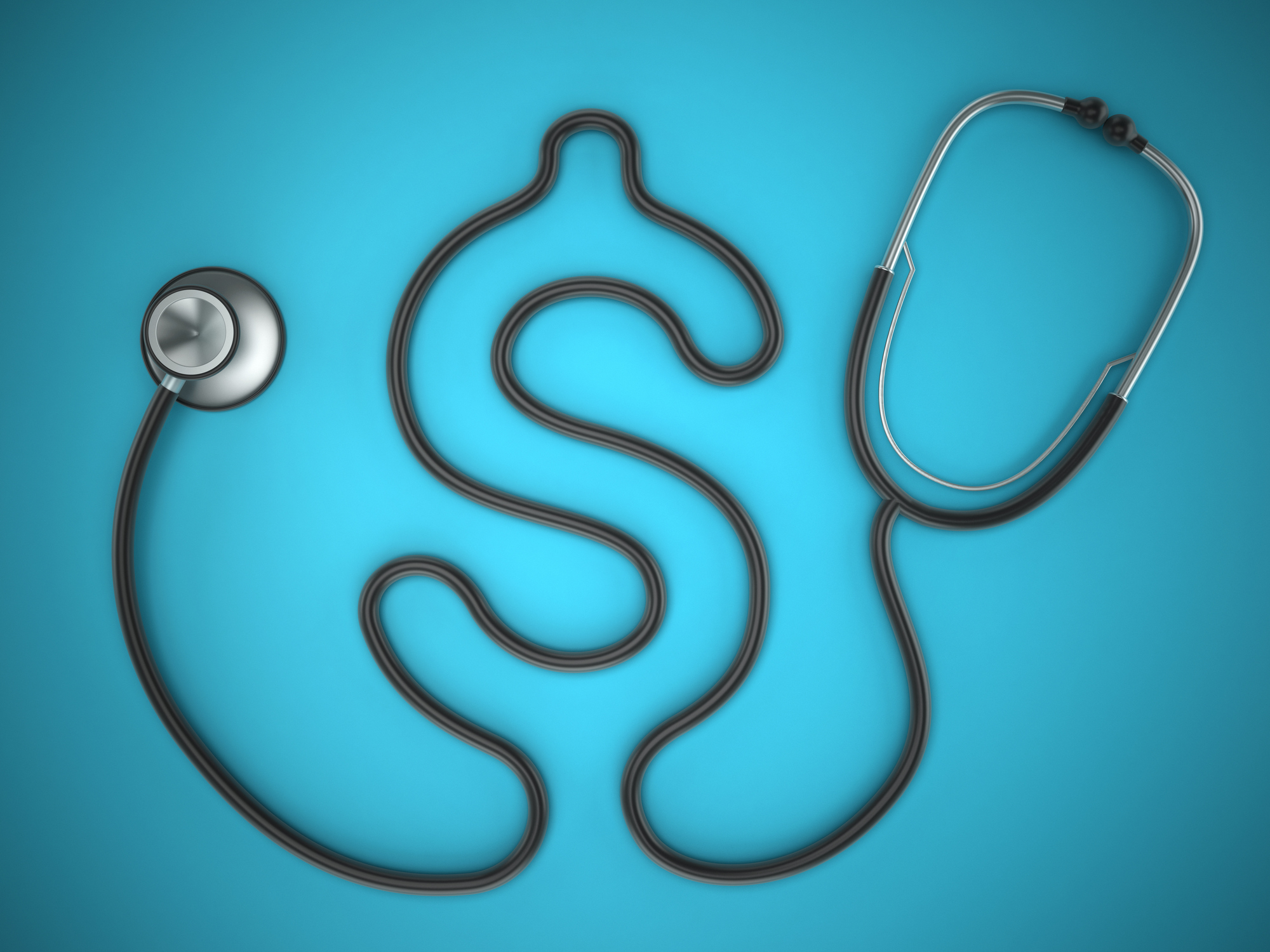Cardinal Health’s (NYSE:CAH) renewal of a key drug distribution contract with Walgreen Co. earlier this month brings renewed focus on a longstanding problem: how heavily reliant Cardinal is on its top two customers.
Those top two customers — Walgreen (NYSE:WAG) and CVS Caremark Corp. (NYSE:CVS) — account for a far larger share of Cardinal’s revenues than do the two largest customers of either of its biggest competitors: McKesson Corp. (NYSE:MCK) and AmerisourceBergen Corp. (NYSE:ABC).
Cardinal’s dependence on its Big Two leaves it “vulnerable” primarily in two ways, according to Matthew Coffina, an equities analyst with Morningstar in Chicago. First, Walgreen and CVS have enormous power over Cardinal when negotiating prices. “These companies are so important to Cardinal that they’re the ones who wield the bargaining power,” Coffina said.

With the Rise of AI, What IP Disputes in Healthcare Are Likely to Emerge?
Munck Wilson Mandala Partner Greg Howison shared his perspective on some of the legal ramifications around AI, IP, connected devices and the data they generate, in response to emailed questions.
Second, in the admittedly somewhat unlikely event (for now, at least) that one of the Big Two decides to terminate or scale back its relationship with Cardinal, the Dublin, Ohio, company would take a serious hit to its top line and likely be in big trouble.
“We like Cardinal the least out of the three and the main reason is that they’re so aligned with CVS and Walgreen,” Coffina said, comparing Cardinal to McKesson and Amerisource.
In Cardinal’s fiscal 2010, Walgreen (24 percent) and CVS (22 percent) combined for a 46 percent share of revenues. That’s up from a combined 43 percent in 2008.
Adam Fein, a pharmaceutical industry consultant with Pembroke Consulting, stated on his blog Drug Channels: “The data show a company that’s increasingly at the mercy of its two dominant customers.”
By way of comparison, the top two customers for McKesson and Amerisource account for no more than 28 percent of the companies’ revenues. Amerisource’s top customer, Medco Health, accounts for 18 percent of the company’s revenues, while no other customer accounts for more than 10 percent, said spokeswoman Barbara Brungess. McKesson’s two largest customers accounted for 27 percent of revenues this year — CVS (15 percent) and Rite Aid (12 percent), spokeswoman Catherine Brew said. (McKesson operates a technology division in addition to its distribution division, so it’s probably not as much an “apples-to-apples” comparison to Cardinal as Amerisource is.)
Certainly, it can’t be news to Walgreen and CVS that they’re so important to Cardinal. “These companies have enormous economic power over Cardinal to extract as much value as they can,” Fein said in an interview.
But ceding pricing power may not be Cardinal’s greatest weakness when it comes to Walgreen and CVS. The fact is Cardinal’s bulk distribution business — that is, deliveries to centralized warehouses operated by the big chains like Walgreen and CVS — just isn’t that profitable and is becoming even less profitable over time.
The profitability of the company’s bulk distribution business was a mere 0.26 percent of revenues in 2010, down from 0.42 percent two years ago. Non-bulk customers, in contrast, provided a profit margin of 1.94 percent, according to Cardinal’s annual report.
It’s a combination of two trends — an increasing reliance on its big customers at the same time that those customers are becoming less profitable for Cardinal — that represent the most troubling long-term “weakness” in Cardinal’s business, Coffina said.
A Cardinal spokesman didn’t return a call. But the company seems focused on mitigating the problem. Fein said several recent acquisitions by Cardinal — an oncology services company and a Chinese drug distributor, for example — would help diversify Cardinal’s revenue base in the future and reduce its vulnerability to Walgreen and CVS.
Plus, at least in the near-term, the public doesn’t seem concerned. While Cardinal’s stock dipped under $37 two days after the Walgreen announced, the stock is up more than $1 since the announcement: from $37.41 on Dec. 7 to $38.75 earlier today.














